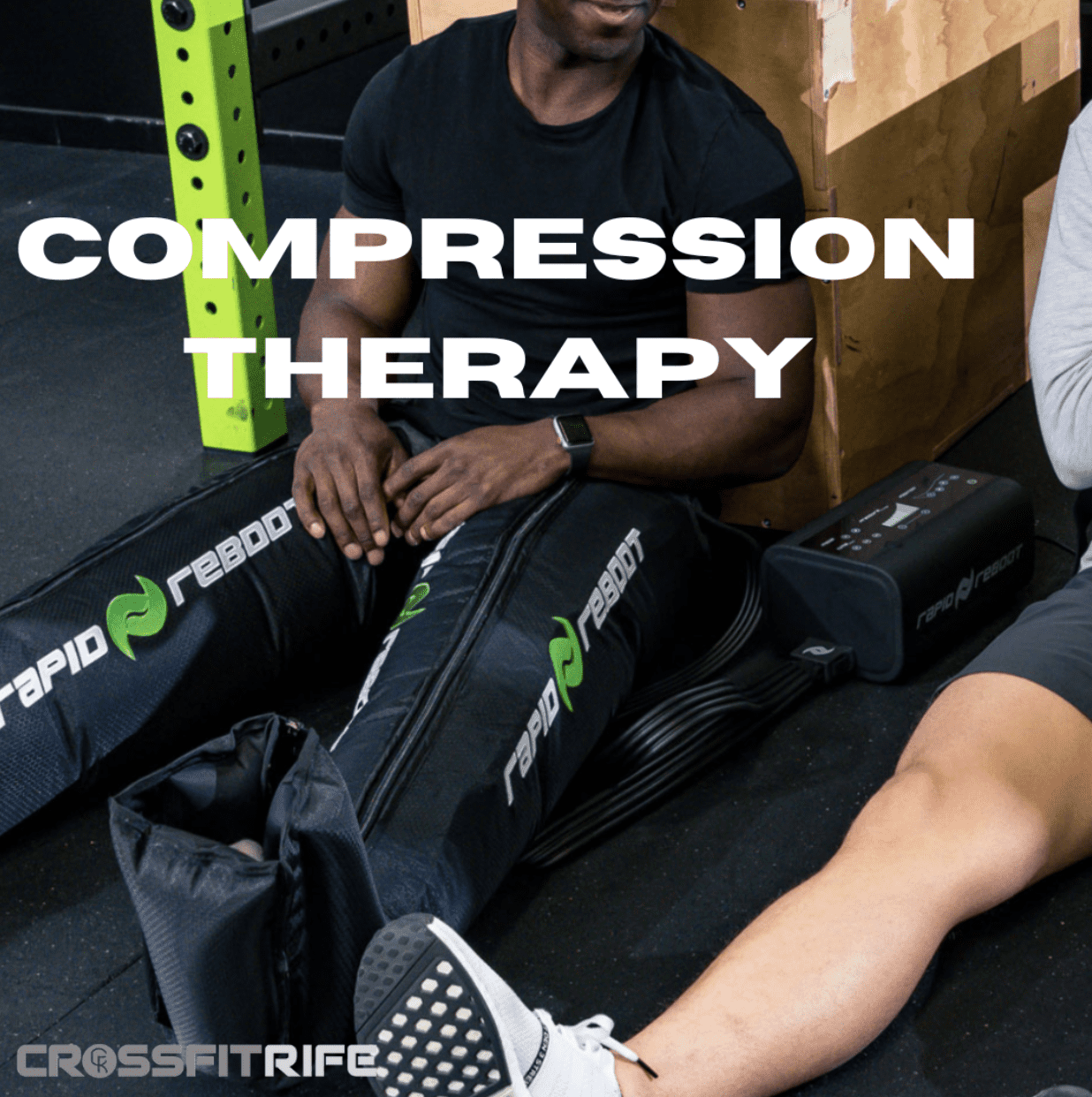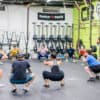As athletes, we often focus on the time we spend training and the intensity of our workouts, but it’s important to remember that recovery is just as crucial to our success. When we train, we put stress on our bodies, causing microtears in our muscles and leading to soreness and fatigue. Proper recovery allows our bodies to repair and rebuild, leading to increased strength and improved performance.
There are several methods available to aid in recovery, including sleep and rest days, foam rollers, infrared therapy, and air compression massagers. These tools have been shown to have a positive impact on muscle soreness, fatigue, muscle damage, and inflammatory markers post-exercise. It’s important to find what works best for you and incorporate it into your training routine.
One type of recovery tool that has gained popularity in recent years is the use of air compression devices. These devices, such as the Rapid ReBoot or Normatec, use digitally controlled air pressure to provide dynamic compression to limbs affected by poor circulation. The compressed air in the boots creates a sports massage feel, and the benefits include improved:
- Blood circulation
2. Reduced swelling
3. Removal of lactic acid
4. Enhanced muscle recovery
When is the best time to use compression boots?
Air compression boots are a valuable recovery tool for crossfit athletes. The timing of their use depends on individual needs and training schedules. Here are three situations where air compression boots can help with crossfit recovery:
- Post-workout recovery: Crossfit workouts are intense and physically demanding, and air compression boots can reduce muscle soreness and inflammation by promoting blood flow and flushing out metabolic waste. Wearing air compression boots within 30 minutes to an hour after a workout can aid in crossfit recovery.
- Rest days: Rest and recovery are critical for injury prevention and athletic performance. Air compression boots can help to increase circulation and reduce inflammation on rest days, leading to quicker and more effective crossfit recovery.
- During long competitions or events: Crossfit competitions are demanding, with athletes performing multiple workouts over several days. Wearing air compression boots during breaks between events can accelerate recovery and reduce fatigue, making them a valuable crossfit recovery tool.
It’s essential to note that while air compression boots are beneficial, they should not replace other recovery methods like proper nutrition, hydration, and adequate sleep.
How do I distinguish between soreness and injury?
It can be challenging for athletes to distinguish between muscle soreness and injury since both can cause discomfort and affect performance. This can be particularly challenging if you are new to training. Here are a few ways you can tell the difference between muscle soreness and injury:
- Location of the pain: Muscle soreness tends to be more widespread and affects multiple muscles in a specific area. In contrast, an injury usually causes pain in a particular area or muscle group.
- Timing of the pain: Muscle soreness usually develops 24-48 hours after exercise, known as delayed onset muscle soreness (DOMS). In contrast, injury pain is often immediate or can develop over time as the injury worsens.
- Severity of the pain: Muscle soreness is typically a dull, achy sensation that is tolerable and improves with rest and light activity. In contrast, injury pain can be sharp, intense, and debilitating, making it challenging to move or perform daily activities.
- Other symptoms: Injuries may present with swelling, bruising, or a limited range of motion, whereas muscle soreness usually does not.
If you suspect an injury, it’s crucial to communicate with your coach in order to determine if you need to seek further care. Rest, ice, compression, and elevation (RICE) can also help reduce pain and inflammation in the meantime. Additionally, athletes should take measures to prevent injury, such as warming up before exercise, using proper technique and equipment, and gradually increasing the intensity of workouts.
Incorporating recovery into your training program is crucial for optimal performance and injury prevention. The use of air compression devices, such as the Rapid ReBoot, can be an effective tool in aiding recovery and allowing you to get the most out of your training. By taking the time to properly recover, you’ll be able to train harder and see improved results. Don’t neglect the importance of recovery in your pursuit of athletic excellence.






